
This article investigates the chiral method development screening for the enantiomeric separation of synthetic CBD on polysaccharide-based chiral stationary phases with both normal-phase and reversed phase mobile phases, using HPLC and UHPLC.


This article investigates the chiral method development screening for the enantiomeric separation of synthetic CBD on polysaccharide-based chiral stationary phases with both normal-phase and reversed phase mobile phases, using HPLC and UHPLC.

Let’s take a deeper look into GC instrumentation.

What is the overall scope of spectroscopy and how can it be used as a tool to improve analyses?

This work describes an inductively coupled plasma-mass spectrometry method for the analysis of various heavy metals in cannabis sativa plant material.

In this interview, Jeffrey Williams the CEO of Exum Instruments discusses the details of how laser ablation laser ionization-time of flight-mass spectrometer (LALI-TOF-MS) is set to solve some of the many of the issues involved in sample preparation for the cannabis industry.

Professor Jack Henion shares his insights on cannabis research, including challenges and opportunities in moving cannabis science forward.
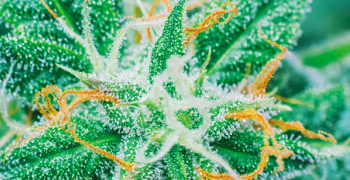
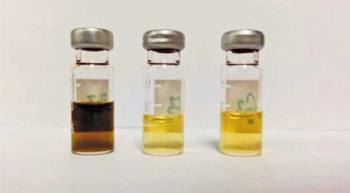
The method described here allows for the simultaneous analysis of 47 pesticides and five mycotoxins in cannabis in one simple QuEChERS procedure. This simple method is designed for implementation in start-up laboratories and in established laboratories that wish to streamline their sample preparation process, decrease solvent usage, and obtain accurate and fast results.
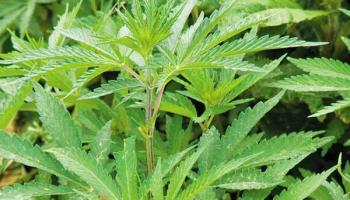
A primary impediment to cannabinoid research is the fact that materials possessing psychoactive Δ9-tetrahydrocannabinol (THC) are considered Schedule I drugs as defined in the U.S. Controlled Substances Act. An alternative source of cannabinoids may be found in hemp oil extracts. Hemp contains a low percentage of THC by weight but relatively high amounts of nonpsychoactive cannabinoids. The liquid chromatography–time-of-flight mass spectrometry (LC–TOF-MS) method presented herein allows for the accurate, precise, and robust speciation, profiling, and quantification of cannabinoids in hemp oil extracts and commercial cannabinoid products for research and development laboratories. The method was determined to chromatographically separate 11 cannabinoids including differentiation of Δ8-tetrahdrocannabinol and THC with excellent linear dynamic range, specificity, and sensitivity.
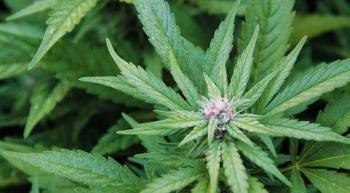
Well-established techniques used by the food safety industry, such as QuEChERS sample preparation followed by LC–MS/MS for the analysis of multiresidue pesticides, are evaluated for use with cannabis plant material.

Compact mass spectrometry, in combination with suitable sample introduction techniques-such as the atmospheric solids analysis probe, thin-layer chromatography, and classical liquid chromatography techniques-can be used effectively for the detection and quantification of cannabinoids and pesticides in cannabis-related material and contraband.
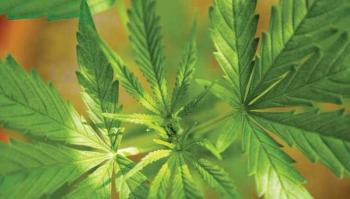
An investigation of C18 and phenyl-hexyl column chemistries for definitive identification of 13 synthetic cannabinoid metabolites in patient samples.

Other techniques for monitoring cannabinoids, such as GC–MS and LC–MS, are limited to screening known species and are therefore always one step behind the designer drug market-where new, previously unknown variations of analogs of cannabinoids are constantly being synthesized. The method presented here addresses this problem by providing accurate masses for all detected species, thus allowing postanalysis identification of initially untargeted compounds.

Giuseppe Cannazza and Cinzia Citti from the University of Modena and Reggio Emilia discuss the growing interest in the use of medicinal cannabis in Europe and the analytical challenges involved.

